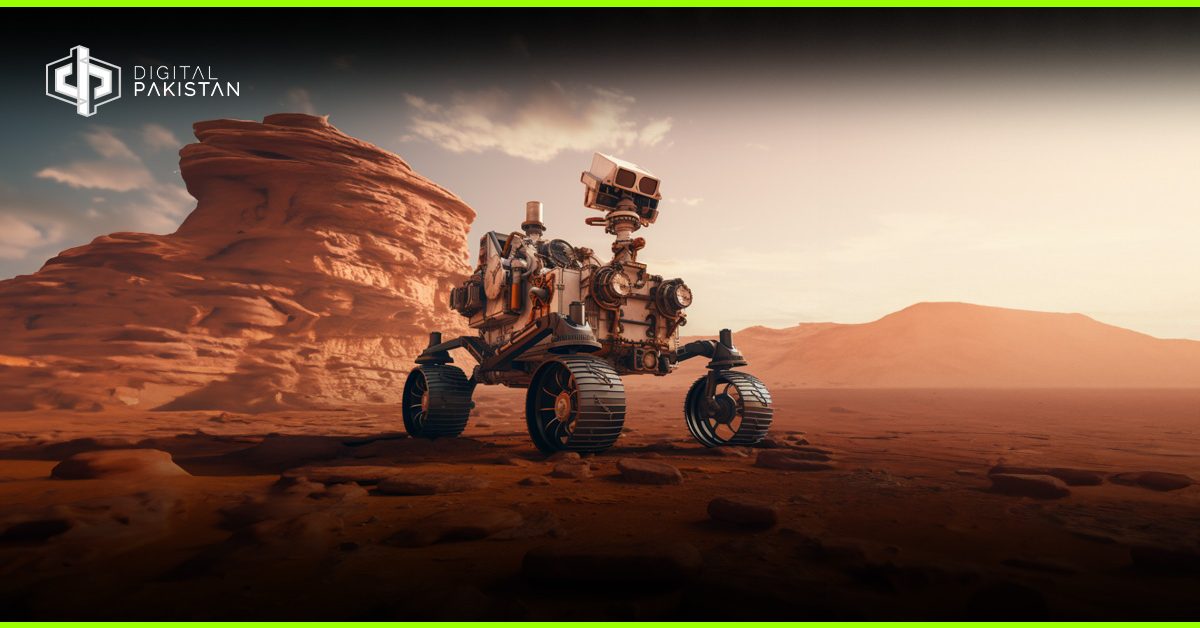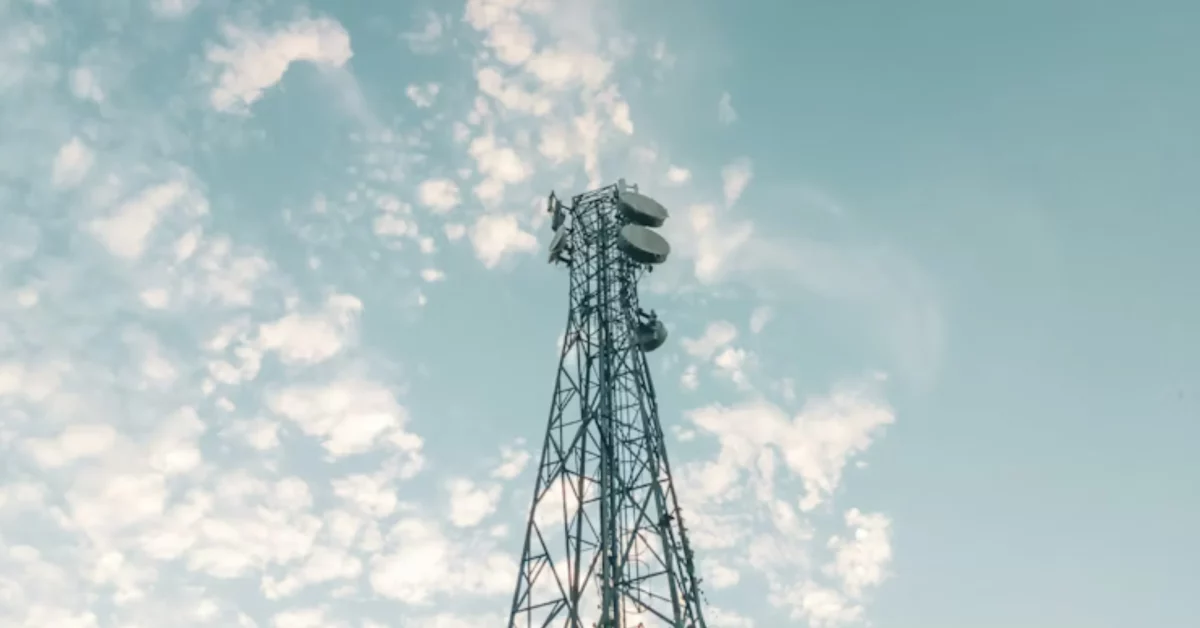
Future Fest 2024: Azam Malik’s Invitation at TechConfluence 24
January 24, 2024
The Age of AI: Accelerate or Brake?
January 30, 2024A Day in the Life of the Red Planet
NASA’s Curiosity Mars rover, designed for exploration, has recently showcased a different facet of its capabilities—serving as a celestial timekeeper on the Martian surface. During its two-week hiatus in November 2023, a period known as the Mars solar conjunction, the rover transformed into a stationary sundial, capturing the subtle nuances of a Martian day from dawn to dusk.
The mission, spearheaded by NASA’s Jet Propulsion Laboratory and managed by Caltech in Pasadena, California, ingeniously employed Curiosity’s black-and-white Hazard-Avoidance Cameras (Hazcams) for a unique purpose. These cameras, typically used for navigating treacherous terrain, assumed a new role during the solar conjunction downtime. The rover, stationed in Gale Crater on Mount Sharp since 2014, meticulously recorded 12 hours of snapshots, creating a captivating visual narrative. And before I go further and explain what just happened, fair warning jargon ahead!
The endeavour was not without its challenges. Mars solar conjunction necessitated a hiatus in sending commands to the rover due to potential interference from solar plasma with radio communications. However, the mission remained in partial contact, sending regular health check-ins throughout this period. Just like Togashi of Hunter x Hunter (hoping he gets better and lives a long, long life!).
The videos, which you can view for your pleasure and amazement here: http://tinyurl.com/3f7n4rev, comprising 25 frames each, provide a mesmerising time-lapse, showcasing Curiosity’s silhouette against the Martian landscape. From the sunrise illuminating the slopes of Mount Sharp to the quiet descent into the evening, the rover’s shadow served as a poignant marker of time.
The front Hazcam video, looking southeast along Gediz Vallis, offers a breathtaking vista of the Martian landscape. As dawn breaks, the rover’s 7-foot robotic arm casts a shadow that elegantly dances across the terrain. The circular calibration target mounted on the arm becomes visible, a vital tool for testing the accuracy of the Alpha Particle X-ray Spectrometer, a device instrumental in analysing Martian surface elements.
During the middle of the Martian day, the autoexposure algorithm of the front Hazcam adjusts to changing light conditions. As night falls, the exposure time increases, unveiling the typical sensor noise known as “hot pixels,” not to be confused with overheating Google Pixels earlier this year, that speckles the final image like a celestial snowfall.
The rear Hazcam video, capturing the view northwest down Mount Sharp, reveals the rover’s right rear wheel and the shadow of its power system. A small black artefact, a result of a cosmic ray impact on the camera sensor, punctuates the footage. Additionally, the bright flashing and other noise at the video’s conclusion arise from the heat affecting the Hazcam’s image sensor.
This unprecedented use of Hazcams to chronicle a Martian day might not have revealed notable weather phenomena, as scientists had hoped, but it has provided an invaluable glimpse into the passage of time on the Red Planet. The imagery, re-projected to correct wide-angle lenses and showcasing the effects of 11 years of Martian dust settling on the lenses, adds a layer of historical depth to Curiosity’s mission.
So, what does this mean for Mars exploration and, more broadly, for humanity’s scientific pursuits? And even more broadly, what does it mean for humanity when individuals talk about humanity’s achievements as if it is also somehow their achievement? In essence, it marks another innovative stride in our understanding of the Martian environment. While the primary mission objectives focus on geological exploration and the search for signs of past life, these unconventional snapshots contribute a unique temporal dimension to our knowledge. Understanding how shadows shift and how exposure times change throughout a Martian day can aid future mission planning, ensuring optimal conditions for data collection and rover movement. I don’t know the answer to that second question; I am not that smart to have achieved something that warrants that my achievements be labelled as humanity’s achievements.
Beyond the scientific realm, the public release of these mesmerising time-lapse videos serves a crucial role in engaging humanity with the wonders of the great heavens. It turns complex scientific data into a visual narrative, fostering a connection between Earth and Mars and igniting imaginations about the possibilities of our cosmic neighbour.
In a nutshell, Curiosity’s not just a rover; it’s our Martian storyteller. It’s like we gave it a camera, hit pause during a cosmic traffic jam, and said, “Show us Mars from sunrise to sunset!” And boy, did it deliver. These Martian shadows, dancing across the rust-coloured landscape, aren’t just cool visuals; they’re like time stamps in the diary of the Red Planet. So, as we keep our eyes on the stars, let’s remember: our little rover buddy isn’t just exploring Mars; it’s helping us unravel the mysteries of a whole other world.
About the Author:
Nouman Ahmad Noor, your friendly Clinical Psychologist with big dreams! Juggling the art of unraveling minds, aspiring to craft captivating novels, and fueling the next generation of knowledge as a future professor. Join me on this exciting journey of understanding minds and weaving tales!






